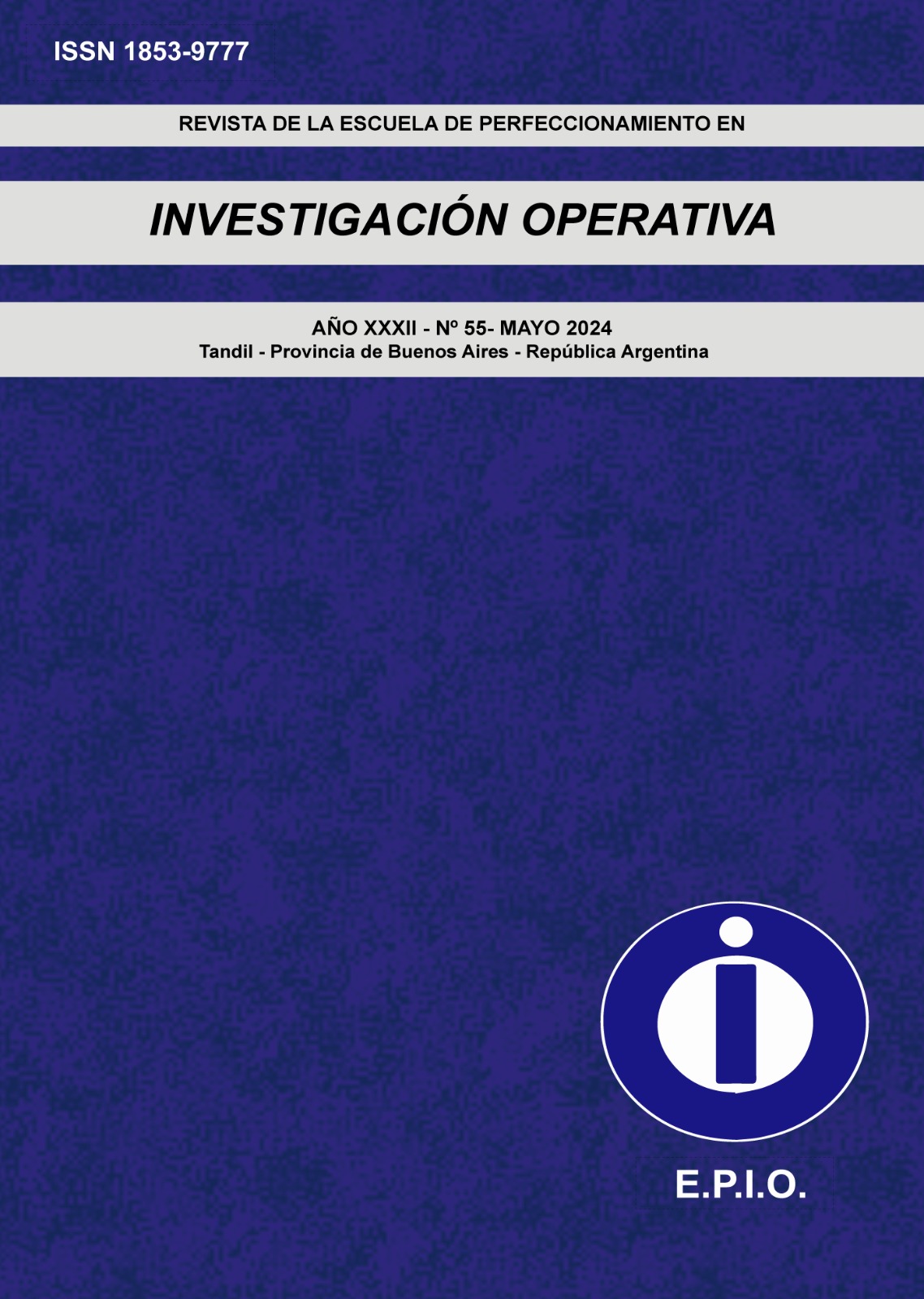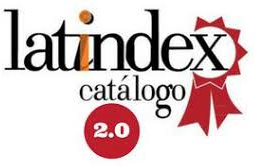Priorización de la financiación de proyectos de investigación y desarrollo
Keywords:
group decision making, R&D resource management, prioritization, value-focused thinkingAbstract
Higher Education Institutions (HEIs) have a cycle of public notices focusing on the selection of Research and Development (R&D) proposals. In general, these calls for proposals provide resources in the form of grants paid to students, as well as funding for the purchase of permanent and/or consumable materials for the development of the project. The limited resources available make it necessary to establish criteria to prioritize a given project for funding. This study presents a model for prioritizing R&D proposals for funding. To achieve this, firstly the objectives of the call for proposals are identified and structured using the Value-Focused Thinking (VFT) approach. Secondly, the proposals are compared pair by pair by the decision-makers using the multi-criteria decision support method Analytic Hierarchy Process (AHP). The study resulted in a prioritization framework that makes it possible to identify objectives based on stakeholder values and, based on these, to establish clearer criteria for judging the proposals
Downloads
References
Abuabara, L., Paucar-Caceres, A., & Burrowes-Cromwell, T. (2019). Consumers’ values and behaviour in the Brazilian coffee-in-capsules market: Promoting circular economy. International Journal of Production Research, 57(23), 7269-7288.
Brunelli, M. (2014). Introduction to the analytic hierarchy process. Springer.
Ferretti, V., & Grosso, R. (2019). Designing successful urban regeneration strategies through a behavioral decision aiding approach. Cities, 95, 102386.
Forman, E., & Peniwati, K. (1998). Aggregating individual judgments and priorities with the analytic hierarchy process. European journal of operational research, 108(1), 165-169.
Franco, L. A., & Montibeller, G. (2010). Problem structuring for multicriteria decision analysis interventions. Wiley encyclopedia of operations research and management science.
Françozo, R. V., Junior, L. S. V. U., Carrapateira, E. S., Pacheco, B. C. S., Oliveira, M. T., Torsoni, G. B., & Yari, J. (2023). A web-based software for group decision with analytic hierarchy process. MethodsX, 11, 102277.
Françozo, R. V., & Belderrain, M. C. N. (2022). A problem structuring method framework for value-focused thinking. EURO Journal on Decision Processes, 10, 100014.
Graddy-Reed, A., & Lanahan, L. (2023). Prioritizing diversity? The allocation of US federal R&D funding. Science and Public Policy, 50(1), 104-119.
Keeney, R. L., & Keeney, R. L. (1992). Value-focused thinking: A path to creative decisionmaking. Harvard University Press.
Keeney, R. L. (1996). Value-focused thinking: Identifying decision opportunities and creating alternatives. European Journal of operational research, 92(3), 537-549.
Mingers, J., & Rosenhead, J. (2004). Problem structuring methods in action. European journal of operational research, 152(3), 530-554.
Parnell, G. S., Hughes, D. W., Burk, R. C., Driscoll, P. J., Kucik, P. D., Morales, B. L., & Nunn, L. R. (2013). Invited review—Survey of value‐focused thinking: Applications, research developments and areas for future research. Journal of Multi‐Criteria Decision Analysis, 20(1-2), 49-60.
Saaty, T. L. (2006). Rank from comparisons and from ratings in the analytic hierarchy/network processes. European journal of operational research, 168(2), 557-570.
Silva, A. C., Belderrain, M. C. N., & Pantoja, F. C. M. (2010). Prioritization of R&D projects in the aerospace sector: AHP method with ratings. Journal of Aerospace Technology and Management, 2, 339-348.
Smith, C. M., & Shaw, D. (2019). The characteristics of problem structuring methods: A literature review. European Journal of Operational Research, 274(2), 403-416.
Downloads
Published
Issue
Section
License

This work is licensed under a Creative Commons Attribution-NonCommercial-ShareAlike 4.0 International License.
Atribución — Usted debe dar crédito de manera adecuada, brindar un enlace a la licencia, e indicar si se han realizado cambios. Puede hacerlo en cualquier forma razonable, pero no de forma tal que sugiera que usted o su uso tienen el apoyo de la licenciante.
NoComercial — Usted no puede hacer uso del material con propósitos comerciales.
CompartirIgual — Si remezcla, transforma o crea a partir del material, debe distribuir su contribución bajo la misma licencia del original.







